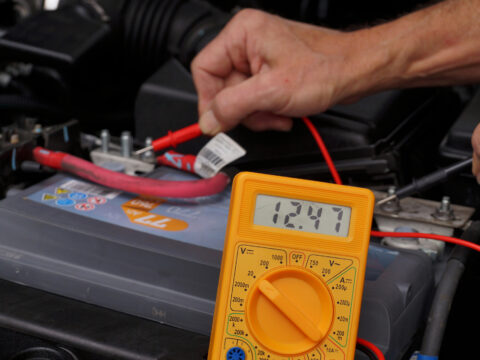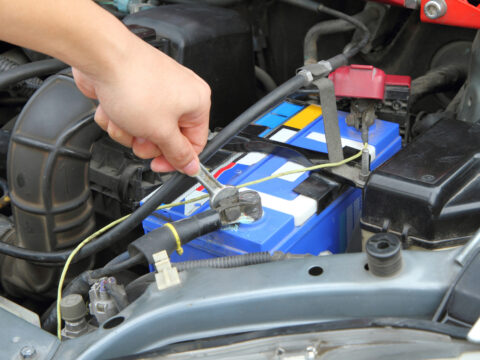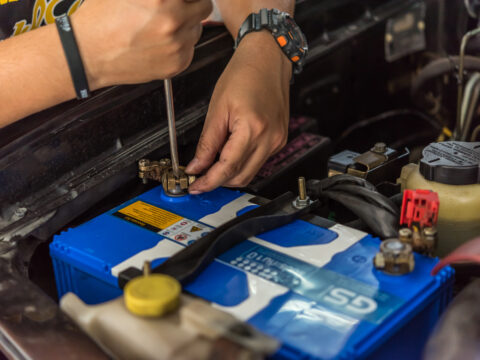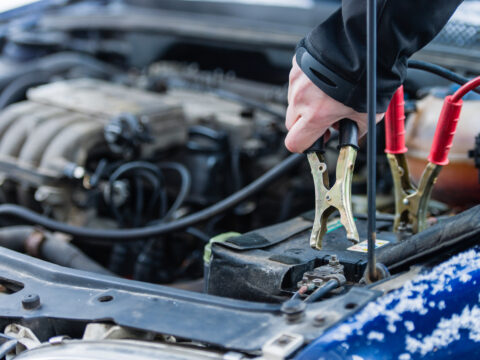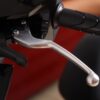Schumacher’s line of battery chargers is designed to meet your needs wherever you are, with models that work with solar power controllers as well as those that rely on traditional 120v outlets. You can even find models with built-in solar power generation, it’s just a matter of assessing your vehicle’s needs and your preferred options.
Features and Models of Schumacher Battery Chargers
There are a few different approaches to battery charging and maintenance that a Schumacher battery charger can easily fill. Each has a variety of options for different amperage levels, and some use innovative approaches to power generation to give you options when there is no one around to call for help.
If you are looking for a basic battery operator and maintainer, something like the SC1319 gives you 1.5 amp charging power and a float mode that maintains optimum charge so your motorcycle and marine batteries are stored in the condition that keeps them healthy and ready for use as long as possible. There are also solar options like the SP-200, which can be a great way to replenish RV batteries while you are on the road or to maintain their levels in storage without an additional power source.
There are also options like the SC1324 and its cousins that are built around starting power. These typically have charging levels that are comparable to many maintaining chargers, between 2 and 6 amps, but they also have a starter option that puts out a burst of power. The SC1324 is rated for 200 amps as a starter, but there are bigger and smaller models available.
How to Safely Charge Your Battery with a Schumacher Charger
It’s important you know what to do if your car battery dies and the charge does not take, in addition to how to charge your vehicle. To start, connect the clamps on the Schumacher charger to the corresponding terminals on your vehicle’s battery. When you do this, the charger should display the battery levels and, for most current models, an estimated charge time.
Once you see that reading, select the voltage level that is appropriate for the battery. Cars are standardized to 12V, but some other recreational vehicles and small engine machines use other voltage levels.
Plug the charger into an electrical outlet after selecting the voltage level, not before. This is a safety measure that keeps it from starting to charge before you have it on the right setting. The charger needs to be switched on to work, but if the switch is accidentally left on or bumped, plugging it in after setting everything else up sidesteps any problems that an inadvertent throw of the switch could cause.
Schumacher Battery Charger
If you have vehicles that use a variety of batteries like ATVs and motorcycles in addition to a car, it might be a good idea to get two chargers. That way, you have a maintaining charger for your small batteries that see seasonal use and a starter for those mornings when you have an old battery and a cold snap at the same time. You can use VIN lookup to get the engine size that dictates the amperage your vehicle will need from a starter, so start looking today.

